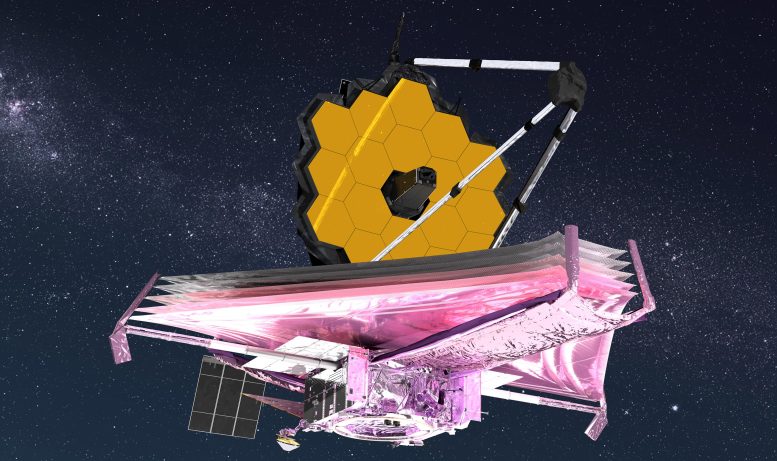
In this illustration, the multilayered sunshield on NASA’s James Webb Space Telescope stretches out beneath the observatory’s honeycomb mirror. The sunshield is the first step in cooling down Webb’s infrared instruments, but the Mid-Infrared Instrument (MIRI) requires additional help to reach its operating temperature. Credit: NASA GSFC/CIL/Adriana Manrique Gutierrez
The Mid-Infrared Instrument (MIRI) on NASA’s James Webb Space Telescope has four observational modes. After measuring increased friction in one of the grating wheels used in MIRI’s medium resolution spectrometry (MRS) mode, the Webb team paused science observations using this specific mode on August 24. Since then, a team of experts has carried out an in-depth investigation that has reviewed instrument design as well as historical and postlaunch data.
The team concluded the issue is likely caused by increased contact forces between sub-components of the wheel central bearing assembly under certain conditions. Based on this, the team developed and vetted a plan for how to use the affected mechanism during science operations.
The James Webb Space Telescope will explore the infrared Universe. It will use four cutting-edge instruments, including the Mid-InfraRed Instrument. MIRI supports all of Webb’s science goals. It will image the Universe, study planets around our own and other stars, and investigate stars and galaxies across cosmic history. The instrument will be kept extra cold by its very own ‘cryocooler’. This stops heat from Webb disrupting MIRI’s detectors, so the sensitive instrument can see mid-infrared light. Credit: ESA – European Space Agency
An engineering test was executed Wednesday, November 2, that successfully demonstrated predictions for wheel friction. Webb will resume MIRI MRS science observations by Saturday, November 12, starting with a unique opportunity to observe Saturn’s polar regions, just before they become unobservable by Webb for the next 20 years. The team will schedule additional MRS science observations, initially at a limited cadence, following a plan to keep the affected wheel in balance, monitor wheel health, and prepare MIRI MRS for a return to full science operations.

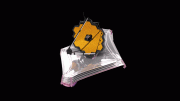
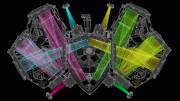
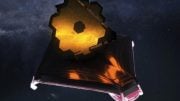

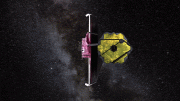

Be the first to comment on "James Webb Space Telescope’s MIRI Instrument Restored to Full Functionality"